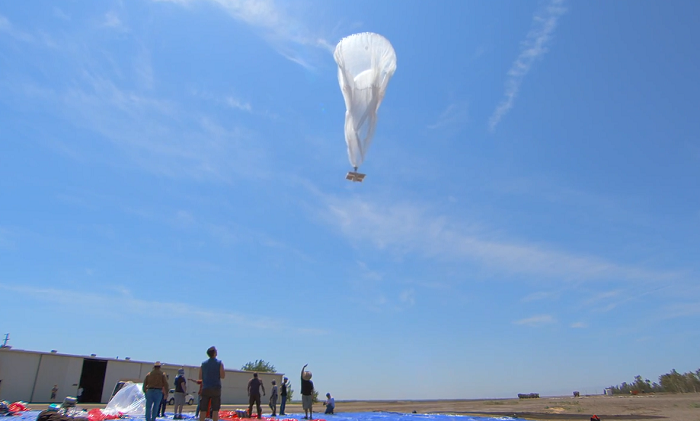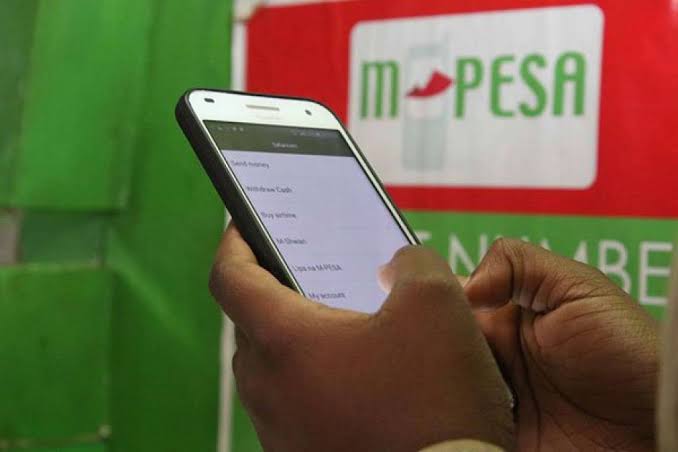Loon, the American tech company that is planning to launch balloon powered internet connectivity in Kenya next year, has successfully sent a test internet connection 1,000 kilometers across seven balloons.
The test connection by the subsidiary company of Alphabet represents a distance that would span the entire country from the port city of Mombasa to the Kenya-Uganda border.
Alphabet is the parent company of popular search engine website Google. A deal between Loon and Telkom in July is geared towards a Kenya pilot of a new high-speed internet access network that uses high altitude balloons.
The test was carried out in the US in August with Loon saying it marks a positive step towards the rollout of the service next year. A few weeks back, the team attained another milestone by sending a single connection across two balloons 600km apart – the longest single link to date.
In a blog post, Salvatore Candido, Loon’s Head of Engineering, said: “For a long time, a fundamental constraint of connectivity has been proximity, or a lack thereof, to where the internet is now. Loon is working to change this reality by making the internet reach further.”
Mr. Candido added that despite their still being a lot of ground to cover, the company’s ability to make connections across more balloons and longer distances will be critical to the project’s success.
How it works
By sending a connection across multiple balloons, Loon is not simply extending the signal to the last balloon in the line to serve users under its position.
READ : ASIANS REGAINING THEIR SPACE IN KENYAN MEDIA
Each balloon in the network is capable of passing a connection along while simultaneously transmitting it to users on the ground. This means that instead of one balloon utilizing one ground-based connection point to serve users, that same connection point can be used to power multiple balloons, all of which can transmit service to people below.
Combined with the Loon system’s larger coverage area – between 20 to 30 times greater than a traditional ground-based system Loon says it will be able to connect more people without having to build lots of new ground infrastructure – a key obstacle to providing connectivity to those in underserved areas.
The balloons operate at operate at 20 kilometres (60,000 feet) above sea level, well above air traffic, wildlife, and weather events.
SEE ALSO : DEAL TO RID KENYA OF POORLY DISPOSED PLASTIC BOTTLES SIGNED













2 Comments